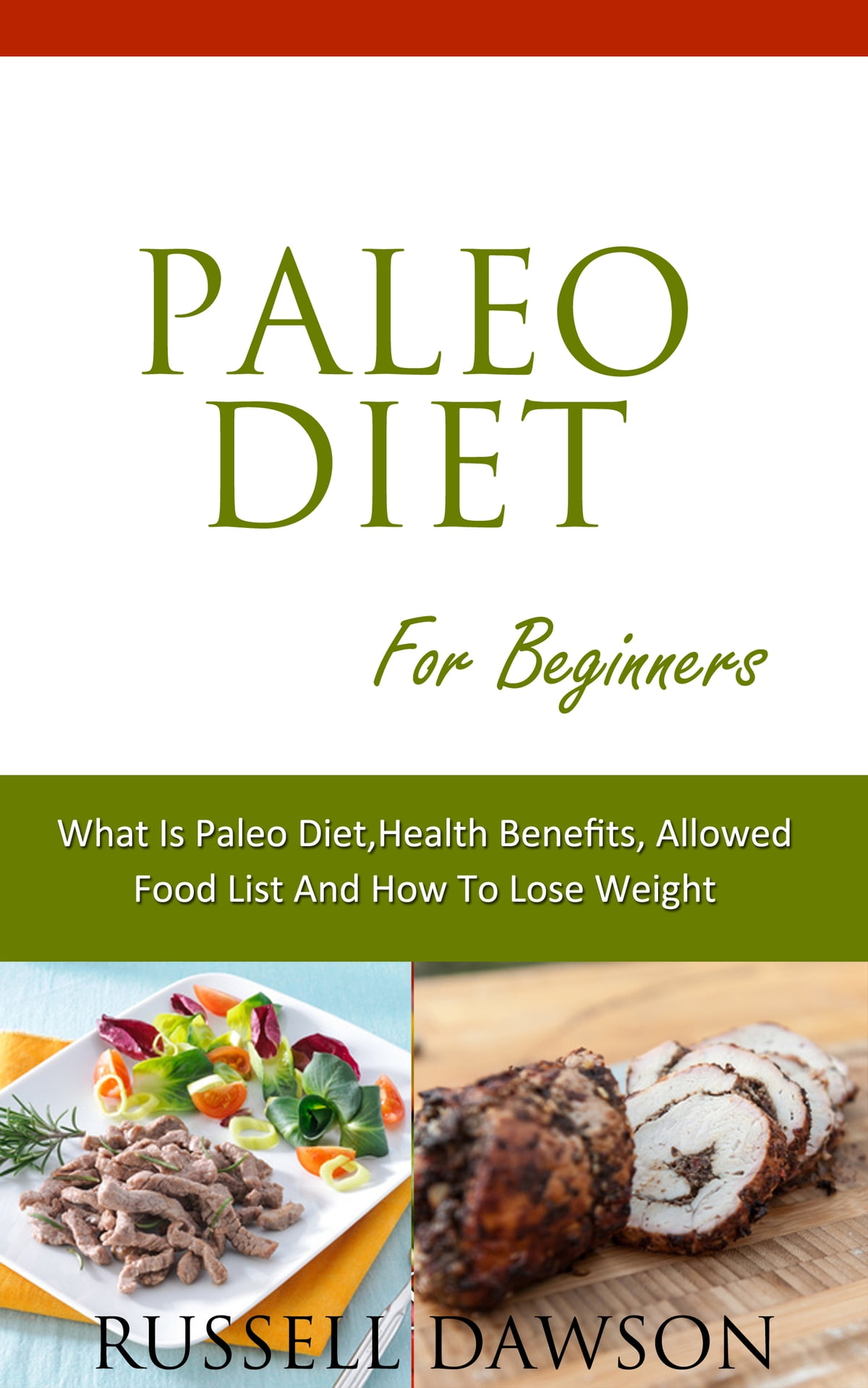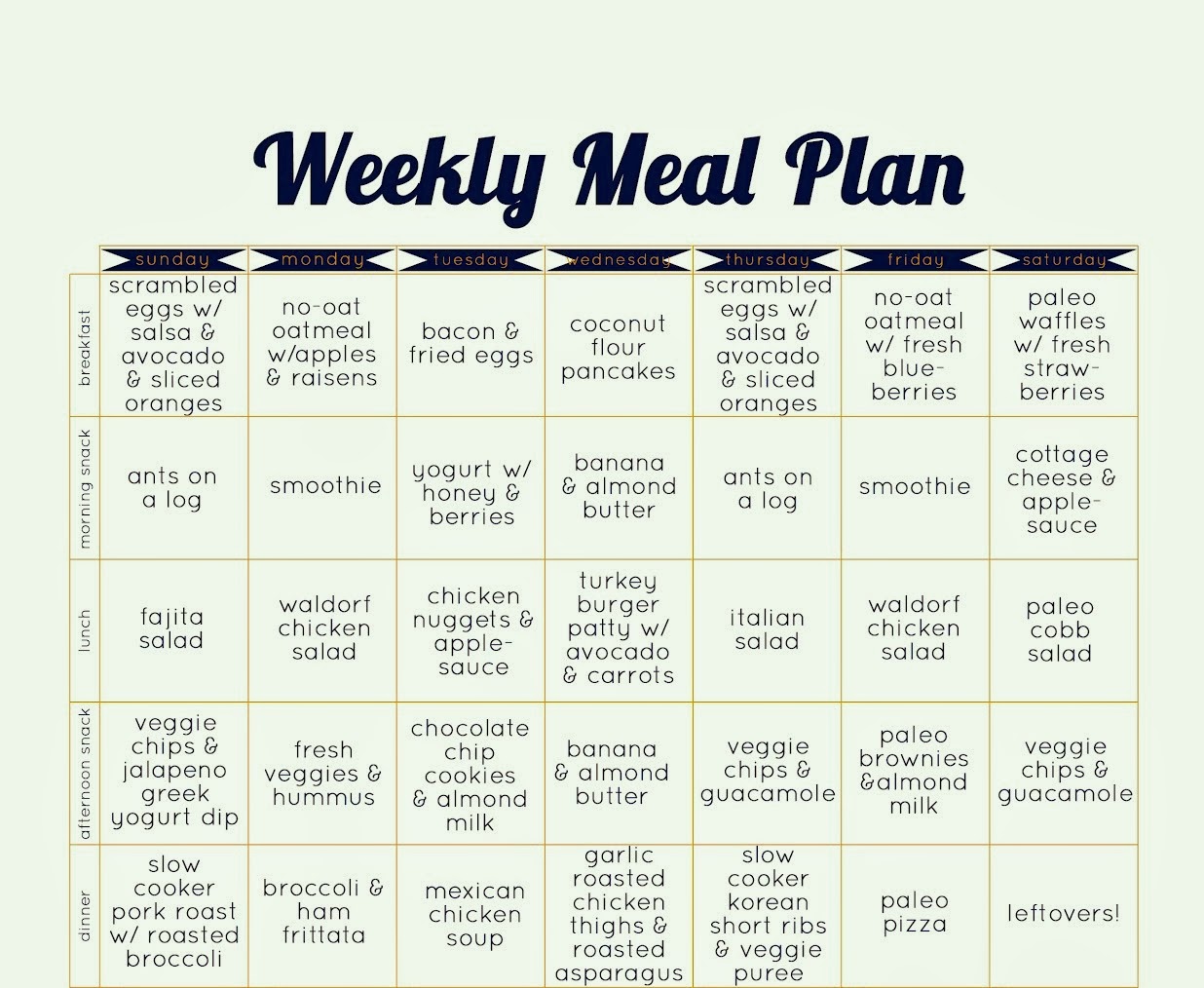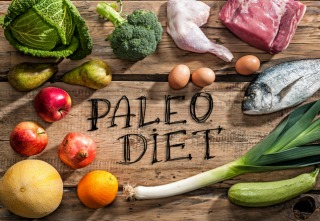
A new study suggests that heart disease is less likely to be caused by a paleo diet. Participants ate mostly non-starchy vegetables and averaged 28 grams of fiber per day. The average daily carbohydrate intake for the participants was ninety grams. The lack of carbohydrates was a contributing factor to their risk. They would not have had access grains to provide them with carbohydrate intake. The study recommended that they eat starchy vegetables, such as tubers, to increase their total carbohydrate intake, and reduce their resistant-starch levels.
Low-carb Paleo diet
There are still many myths surrounding the low-carb Paleo diet. Many of these myths stem from old nutrition and diet myths that still persist in many doctors' offices. The low-carb diet has been shown to be effective for weight loss, but it may not be right for everyone. Before beginning the Paleo lifestyle, it is important you read all about it.
The typical paleo diet may put most people at risk for vitamin D and calcium deficiency, which are essential nutrients for bone health. A high intake of saturated fat and proteins can increase your risk for developing cancer, heart disease, and kidney disease. The Paleo diet can have some benefits for people at high risk of developing cardiovascular disease. The Paleo low-carb diet could be the best for you.

A Paleo low-carb diet is not only beneficial for reducing inflammation. Low-carb diets have been shown to lower blood sugar spikes, and improve insulin sensitivity. They can also improve gut health and prevent inflammation. For more information, you can read the Low Carb Paleo Diet Study. And remember, you don't have to be on a Paleo diet to lose weight.
According to Dr. Oz, carbs should comprise 45-65 per cent of your daily caloric intake. The result is that if you eat 2,000 calories per day, carbs will make up 900-1300 calories. The equivalent of 225 to 325g of carbs per day is 225 to 300 calories. Low-carb diets can be very low in carbs.
A paleo diet offers more flexibility than a ketogenic one. Paleo encourages eating more fruit, vegetables, lean proteins, rather than restricting carbs. It's much easier to stick to a low-carb Paleo diet if you know what you're eating. You'll be less likely get frustrated by your diet and your body. You'll feel less stressed about what your eating habits are and be able to lose weight much more quickly.
High-protein Paleo diet
Paleo enthusiasts often have the same question: What is high-protein? It is important to be aware of the limitations before you attempt this diet. The upper limit for protein intake should be 30% of total calories. However, it's important to note that this is a maximum, not an absolute limit. High-protein diets still require fat and carbohydrates. The higher the protein intake, the more likely it is that you'll gain weight.

Proteins from meat and dairy can be absorbed easily by the body because they are bioavailable. However, animal protein is more readily absorbed than plant-based ones. Because it has been predigested, beef protein is more easily absorbed. Beef protein is sourced in Sweden from hormone-free, non-antibiotic-treated cows. Also, hydrolyzed beef proteins are easier to digest.
People find it difficult to adhere to a study diet because of the high cost. Protein is often more costly than fats or carbohydrates. It is difficult to keep a diet. For example, it can be hard to not look weird at restaurants. But, it is possible to cut down on costs by Paleo. If you still feel the need for eating out, there are plenty of ways to control your cravings while staying motivated. Luckily, there are also several ways to stay on track without feeling guilty. These issues are covered in more detail on the index page.
The paleo diet has numerous health benefits. It is high in protein and low in carbohydrate. Although the diet's lower sugar and carbohydrate levels may lead to an increase in insulin sensitivity and better glycemic control (although these effects are not statistically significant), In studies that evaluated blood pressure, statistically significant changes in diastolic bloodpressure were also observed among paleo diet participants. The studies covered a period from 10 to 12 months and were done with nine to 29, respectively.
FAQ
How do I become a chef?
The first step toward getting a job as a chef is to complete a culinary arts degree. Next, you should join a professional association such as the American Culinary Federation (ACF). This organization provides certification exams and offers networking opportunities.
How do I become a Chef?
There are many avenues to become a professional chef. To start, you can take a course at your local community college. Consider attending culinary school. Finally, you can take a paid internship.
How much does it cost to go to culinary school?
Prices for Culinary School vary depending upon where you go, what program you select, and how long you stay there. Average tuition costs between $10,000 and $30,000. The average student graduates with $20,000 in debt. Some programs offer work-study, grants, scholarships and grants.
What is the best career path for someone who wants to be a chef? How do I begin my career as chef?
Apprenticeships are a great way to get started if you want to become a chef. Apprenticeships give you the opportunity to work for many years without having to pay tuition fees. After your apprenticeship, you may apply for a role as a sous chef. Sous chefs are responsible for supervising cooks and helping them prepare salads or desserts. They also supervise the operation of the restaurant.
What skills are required to enter a culinary school?
To be a chef you need to be able and able to cook well. You should enroll in cooking classes at local community colleges or high schools to learn how to cook. After mastering the basics, you'll be able to apply for a job at a catering or restaurant.
Statistics
- On average, chefs earn $58,740 a year, according to the BLS. - learnhowtobecome.org
- The median pay for a chef or head cook is $53,380 per year or $25.66/hour, according to the U.S. Bureau of Labor Statistics (BLS). (learnhowtobecome.org)
- under 10 Kids have been taught that there is special food just for them, and Fiese says that 10 percent of kids will throw a tantrum if they don't get the food they want. (washingtonpost.com)
External Links
How To
How to cook steak
The thickness and cooking method of any kind of meat will affect the way it is cooked. Thicker steaks can be cooked on a low heat. Thicker steaks need to be cooked at higher temperatures.
It's important to not overcook the steaks as they will lose their taste. Don't forget to take the steak out of the pan once it's finished. This will ensure that you don't burn your self.
Cooking times vary depending on the size and degree of doneness desired. Here are some general guidelines.
Medium Rare: Cook until medium-rare, which is when the internal temperature reaches at least 145degF (63degC). This can take anywhere from 3 to 5 minutes per side.
Medium: Cook the meat until it reaches 160°F (71°C). This usually takes only 6 minutes per side.
You are done when the internal temperatures reach 180°F (82°C). This normally takes 8 to 12 minutes per side.